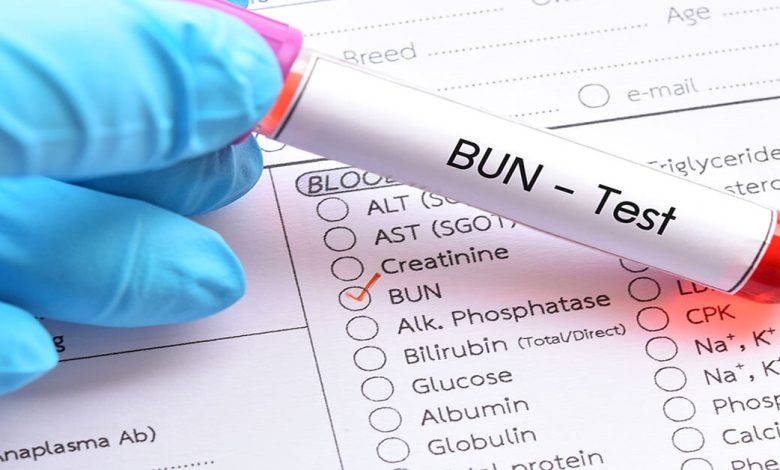Urea: What is the normal level and how do I read a blood test?

The urea level varies depending on the age and sex of the person. Too much urea in the blood may be a sign of a disorder, especially in the kidneys.
1. What is urea?
The article “Urea” from the Biron laboratories indicates that urea is a waste product. It is produced by the liver as part of the process of breaking down proteins in food. It is then carried through the bloodstream to the kidneys, which filter the blood for it and excrete it in the urine. Thus, measuring the level of urea in the blood enables doctors to assess how well the kidneys are doing. If you have too much blood, it often means that your kidneys are not able to filter it properly, and therefore you have a disease or disorder that affects kidney function.
2. In what cases is a urea measurement requested?
The Cleveland Clinic, in the article “Blood Urea Nitrogen (BUN) Test”, lists the cases in which your doctor may request a urea measurement. They can do this in a simple routine check-up, along with other basic tests (complete blood count, blood glucose, etc.). However, this measure is more often prescribed if your doctor suspects a disease affecting your kidneys. It can also be done routinely if you are taking treatment for kidney disease to check that the treatment is working. In addition, your doctor may order a measurement of the urea level if you experience the following symptoms:
you urinate a lot more, or less, than before;
your urine shows changes such as frothy urine, blood, very clear or very dark urine;
you feel pain when urinating;
there is swelling in the arms, hands, legs, ankles, around the eyes, face or abdomen;
you have restless legs syndrome;
you have low back pain;
you have chronic fatigue.
3. What is the normal level of urea in the blood?
The Liège hospital, in its ‘Urea (blood)’ sheet, specifies the reference values used by the testing laboratories for the serum urea level:
baby under 12 months: 6 – 36 mg/dL;
children between 1 and 10 years: 19 – 47 mg/dL;
girl aged 10 to 18 years: 15 – 41 mg/dL;
boy aged 10 to 18 years: 15 – 45 mg/dL;
adult male (19 to 50 years): 19 – 44 mg/dL;
adult female (19 to 50 years): 15 – 40 mg/dL;
male over 50: 19 – 58 mg/dL;
women over 50: 18 – 54 mg/dL.
4. How to interpret a low or high urea level?
The article “Diagnosis of chronic renal failure”, from the Nephro 2.0 site (University of Strasbourg), states that measuring the urea level is not enough to characterize renal failure. In this case, doctors also ask for a creatinine measurement. A high blood level of urea may indicate a diet that is too high in protein, dehydration, a blockage in the urinary system, shock, gastrointestinal bleeding. It is very rare to have too low a urea level, and this is not very medically significant.












